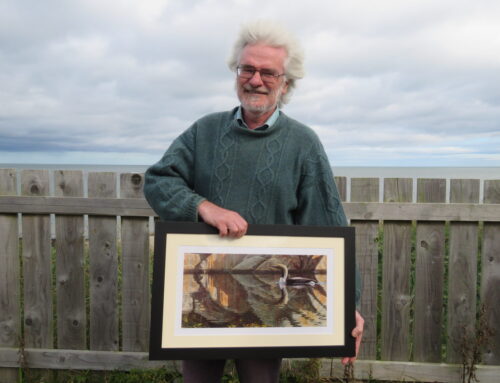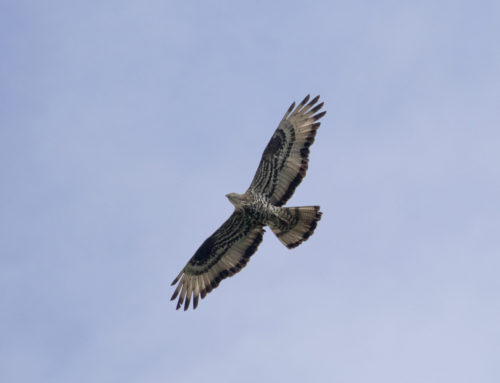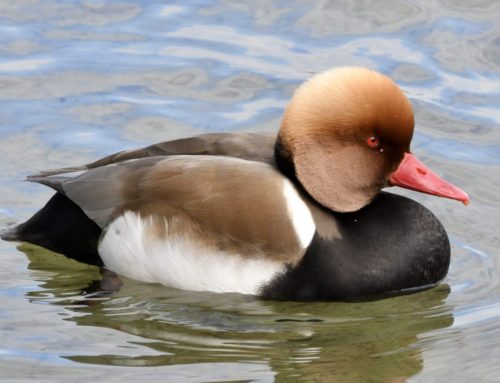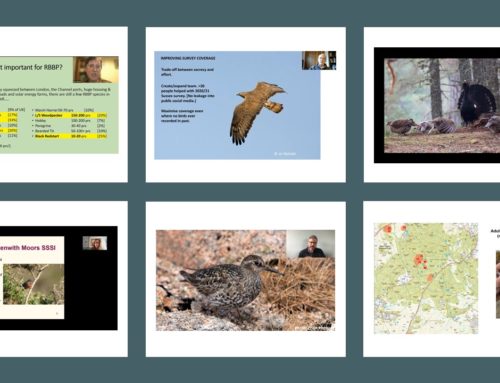Provisional results from the first national Turtle Dove Survey

Turtle Dove (Ben Andrews, RSPB Images)
Today saw the publication of the provisional results from the 2021 National Turtle Dove Survey, with the population being estimated at 2,100 pairs. Having declined by 98% since the 1970s, the Turtle Dove has the unenviable claim of being the UK’s fastest-declining bird species. Due to the severity of the decline, the annual sample size of Turtle Doves in the BTO/JNCC/RSPB UK Breeding Bird Survey (BBS) (the long-term monitoring scheme which has documented the decrease over recent decades) has fallen below the level required for robust monitoring. As a result of this, and a suspicion that the population of Turtle Doves might be approaching the 2,000 pair threshold used by the RBBP to identify species as “rare”, Turtle Dove was added to the list of species the RBBP collates data for, from the 2018 breeding season onwards.
Although it is likely to improve with time, the level of reporting of Turtle Doves through the RBBP since the species was added to our list is considered to be below the level needed to monitor trends robustly. Therefore, to give a comprehensive overview of the current status of the UK’s remaining Turtle Doves, a different approach was needed. The first dedicated national survey aimed to provide a revised population estimate and a create new baseline to help monitor future trends and the effectiveness of current conservation interventions.

Turtle Dove (Ben Andrews, RSPB Images)
Volunteers make an invaluable contribution to biodiversity monitoring in the UK, representing many millions of hours of survey effort annually. The National Turtle Dove survey has been another great example of what can be achieved. Thanks to the amazing efforts of nearly 1000 volunteers, as well as farmers, study groups, county bird clubs and other organisations who helped by either carrying out a survey, coordinating them, or allowing access for a survey to take place; 1,643 one-kilometre squares were surveyed across the Turtle Doves’ range in 2021. Carrying out large-scale surveys such as this would not be possible with the dedication of many volunteers.
In “core” counties in southeast England thought to hold the bulk of the remaining population, volunteers surveyed randomly selected 1-km squares from within the range, alongside surveys in areas targeted by Turtle Dove conservation work. In counties on the edge of the range where Turtle Doves have fallen to very low numbers, all recently occupied sites were surveyed. RBBP data from 2018 and 2019 was used in identifying sites for survey.
The provisional results from last year’s survey shows that there are only around 2,100 Turtle Dove territories left in the UK, down from an estimated 125,000 in 1970. This isn’t perhaps a great surprise considering the decline noted by BBS and its predecessor, the BTO/JNCC Common Birds Census. The population is increasing becoming concentrated within the south-east and East Anglia, with Kent, Suffolk and Essex being key counties, but other hotspots remain as far north as North Yorkshire. We are planning to publish the survey as a scientific paper; the results are only provisional at this stage, as they need to go through the peer review process.

The survey used a stratified random sampling design within counties that still hold important Turtle Dove populations and a more targeted approach elsewhere. The map shows occupied (black dots) and unoccupied (white dots) one-kilometre survey squares covered in 2021. One additional unoccupied square was surveyed in Cornwall.
It’s hard to imagine now that there were records of flocks of up to 800 Turtle Doves in East Anglia during the 1970s. Research shows that the decline is being driven by two main factors: the loss of suitable habitat on the breeding grounds and unsustainable levels of hunting when they migrate through south-west Europe on spend the winter in Africa. Much conservation effort is currently being focussed on Turtle Doves both to improve breeding habitat in England and to reduce the level of hunting on migration. The survey has created a new baseline to help monitor the impacts of these interventions. We hope to repeat it in 5 years’ time.
In the meantime, we encourage everyone to continue to look out for Turtle Doves and submit sightings to Birdtrack (https://www.bto.org/our-science/projects/birdtrack) or the relevant county bird recorder, so these records can be used for conservation targeting and in the RBBP’s annual monitoring. If you took part in the survey and were lucky enough to find Turtle Doves, why not return to look for them annually? Every record helps improve our knowledge and target conservation action for Turtle Doves more effectively.
The 2021 National Turtle Dove Survey was a partnership project coordinated by the RSPB, Rare Breeding Birds Panel and Kent Ornithological Society, with support from British Trust for Ornithology (BTO). The survey was funded as part of ‘Action for Birds in England’, a conservation partnership between Natural England and the RSPB.






